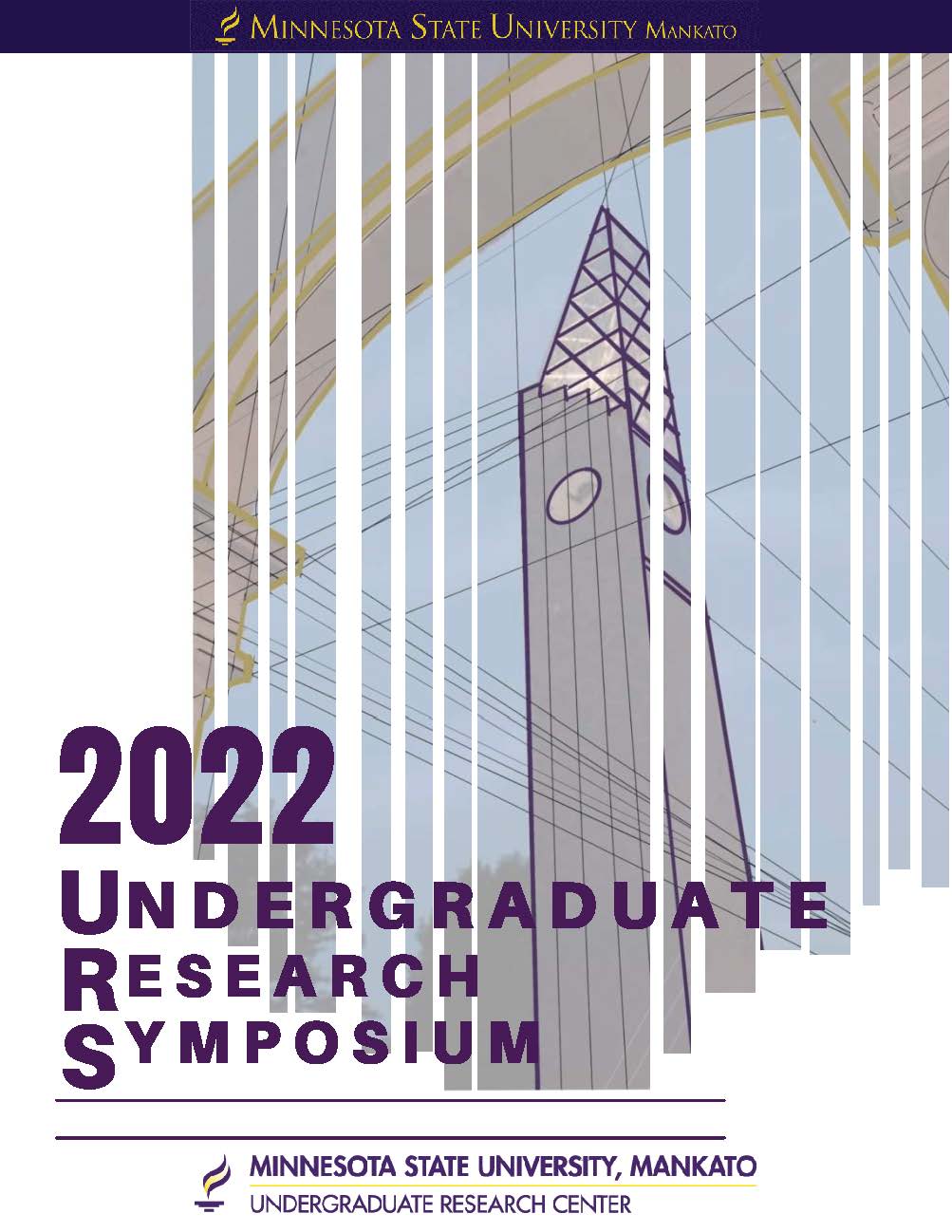Effect Of Disinfectants On The Formation Of Biofilms By Methicillin-Resistant Staphylococcus aureus (MRSA)
Location
CSU Ballroom
Start Date
12-4-2022 2:00 PM
End Date
12-4-2022 3:30 PM
Student's Major
Biological Sciences
Student's College
Science, Engineering and Technology
Mentor's Name
Lois Anderson
Mentor's Department
Biological Sciences
Mentor's College
Science, Engineering and Technology
Description
Methicillin-Resistant Staphylococcus aureus (MRSA) are Gram-positive cocci that cause a variety of bacterial infections. Infections involving biofilm-forming bacteria are extremely difficult to eradicate because biofilms impair antibiotic penetration and prevent normal immune responses. Biofilms are colonizations of bacteria in an extracellular polymeric substance matrix (EPS) that can attach to surfaces of an abiotic or biotic nature. The EPS made by the bacteria creates a barrier against antibiotics. To test the protectiveness of the biofilm created by Methicillin-Resistant Staphylococcus aureus, three strains were exposed to several disinfectants. The three strains of bacteria tested were 25923 (Methicillin-Sensitive Staphylococcus aureus (MSSA) forming no biofilms), 43300 (MRSA forming mediocre biofilms), and 6583 (MRSA forming strong biofilms). Biofilm formation assays were performed by using 24-hour bacterial cultures grown in TSB with 0.5% glucose at 370C. The cell suspensions were plated in a 96-well microplate and incubated for 24 hours at 370C in wells with no disinfectant and in wells pre-treated with different disinfectants. Uninoculated media was used as a background for the study. Wells were then washed with sterile distilled water. Cells were fixed with 99.9% methanol, stained with 1% crystal violet, rewashed with distilled water, and destained with 95% ethanol. A spectrophotometer analysis of optical density at 570 nm was used to determine the formation of a biofilm. The hypothesis is for the disinfectants to terminate the creation of a biofilm since disinfectants are used to kill or inhibit bacteria on several surfaces. Understanding the types of disinfectants that successfully halt the formation of staphylococcal biofilms can reduce the spread of infections caused by MRSA in hospitals or other environmental settings. The study will reveal the effects of different disinfectants on biofilm formation by Methicillin-Resistant Staphylococcus aureus.
Effect Of Disinfectants On The Formation Of Biofilms By Methicillin-Resistant Staphylococcus aureus (MRSA)
CSU Ballroom
Methicillin-Resistant Staphylococcus aureus (MRSA) are Gram-positive cocci that cause a variety of bacterial infections. Infections involving biofilm-forming bacteria are extremely difficult to eradicate because biofilms impair antibiotic penetration and prevent normal immune responses. Biofilms are colonizations of bacteria in an extracellular polymeric substance matrix (EPS) that can attach to surfaces of an abiotic or biotic nature. The EPS made by the bacteria creates a barrier against antibiotics. To test the protectiveness of the biofilm created by Methicillin-Resistant Staphylococcus aureus, three strains were exposed to several disinfectants. The three strains of bacteria tested were 25923 (Methicillin-Sensitive Staphylococcus aureus (MSSA) forming no biofilms), 43300 (MRSA forming mediocre biofilms), and 6583 (MRSA forming strong biofilms). Biofilm formation assays were performed by using 24-hour bacterial cultures grown in TSB with 0.5% glucose at 370C. The cell suspensions were plated in a 96-well microplate and incubated for 24 hours at 370C in wells with no disinfectant and in wells pre-treated with different disinfectants. Uninoculated media was used as a background for the study. Wells were then washed with sterile distilled water. Cells were fixed with 99.9% methanol, stained with 1% crystal violet, rewashed with distilled water, and destained with 95% ethanol. A spectrophotometer analysis of optical density at 570 nm was used to determine the formation of a biofilm. The hypothesis is for the disinfectants to terminate the creation of a biofilm since disinfectants are used to kill or inhibit bacteria on several surfaces. Understanding the types of disinfectants that successfully halt the formation of staphylococcal biofilms can reduce the spread of infections caused by MRSA in hospitals or other environmental settings. The study will reveal the effects of different disinfectants on biofilm formation by Methicillin-Resistant Staphylococcus aureus.
Recommended Citation
Turnipseed, Hannah. "Effect Of Disinfectants On The Formation Of Biofilms By Methicillin-Resistant Staphylococcus aureus (MRSA)." Undergraduate Research Symposium, Mankato, MN, April 12, 2022.
https://cornerstone.lib.mnsu.edu/urs/2022/poster-session-02/4



